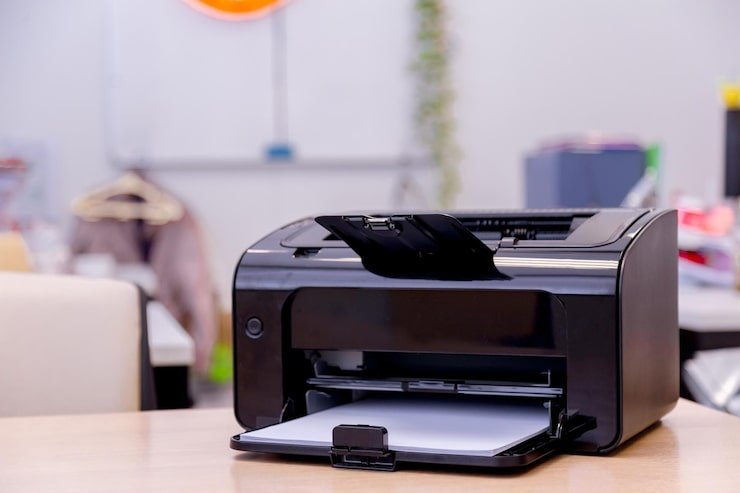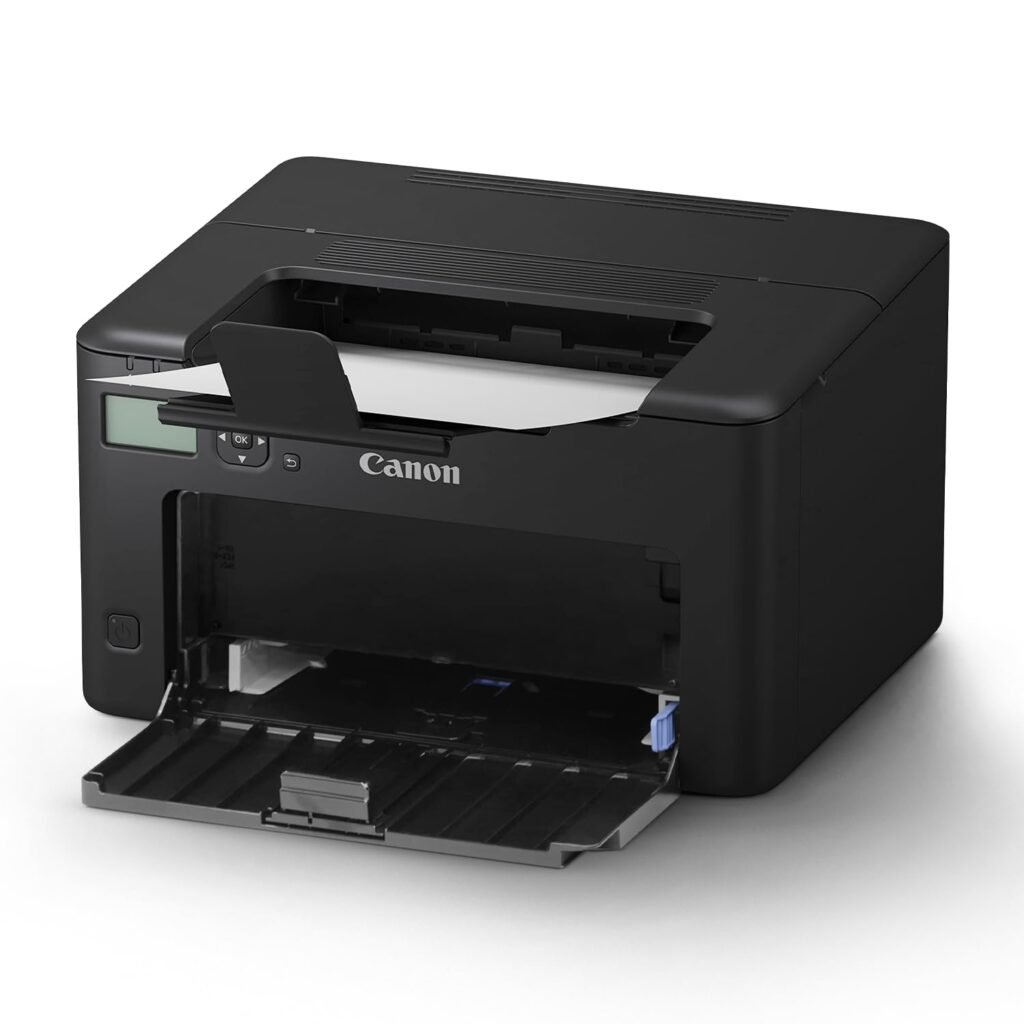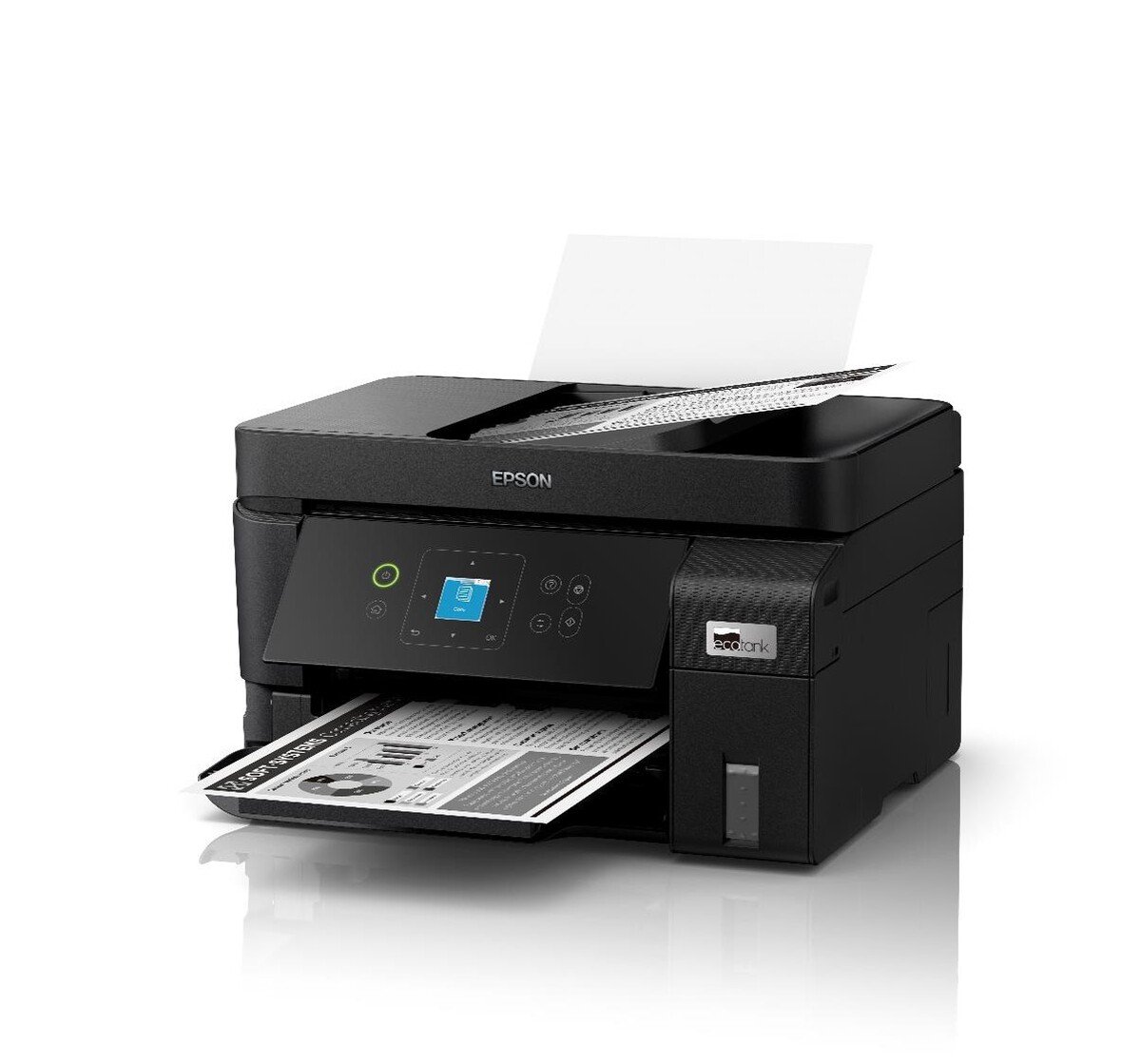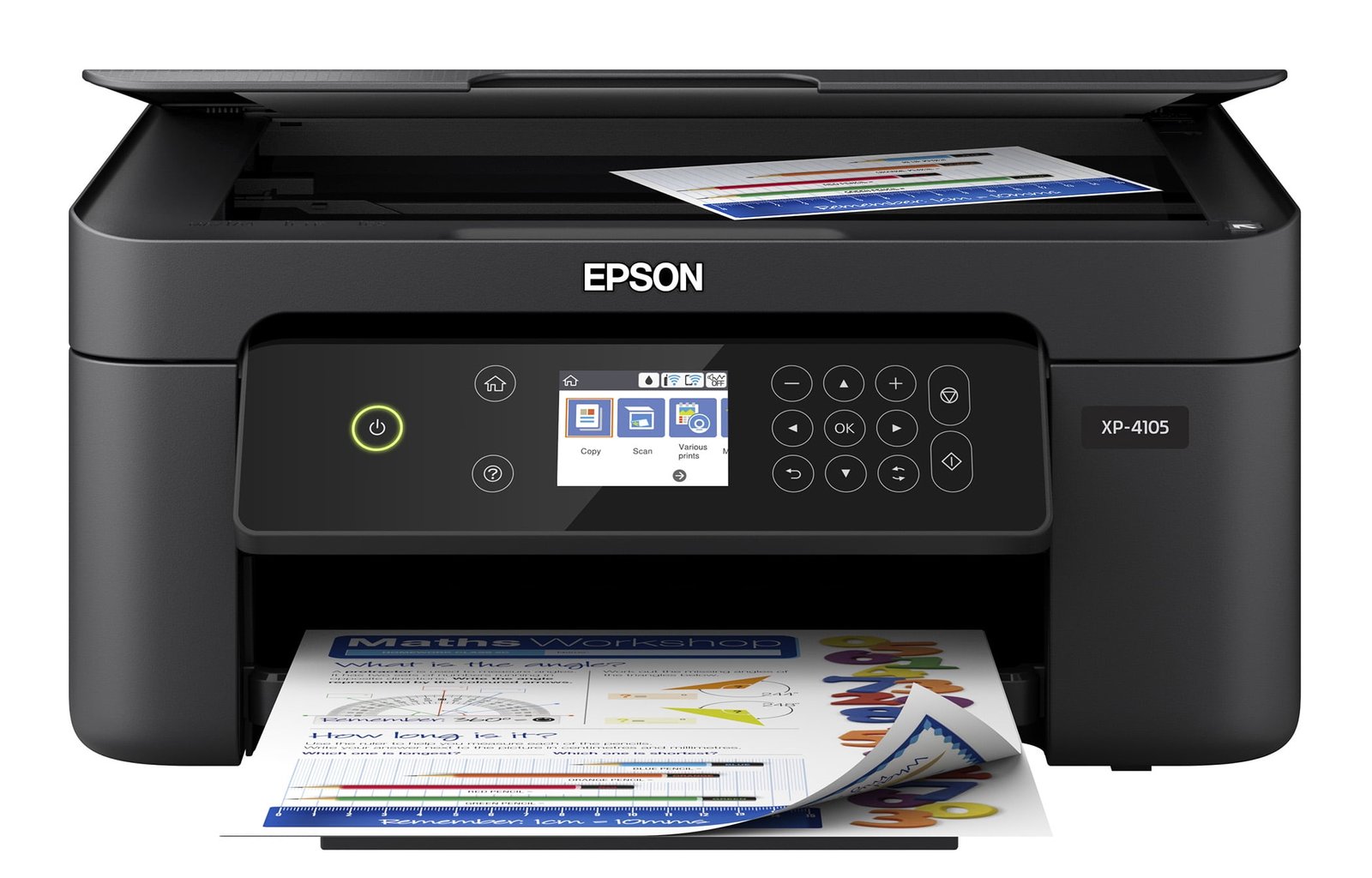
Ever clicked “Print” and watched your document vanish into the digital void? Or maybe your printer suddenly decided to speak in hieroglyphics instead of producing your important presentation? Welcome to the mysterious world of printer drivers – the unsung heroes (and occasional villains) of your printing experience.
Think of printer drivers as translators at a United Nations meeting. Your computer speaks one language, your printer speaks another, and without a good translator, chaos ensues. Let’s dive deep into understanding these crucial pieces of software and learn how to keep them running smoothly.
What Exactly Are Printer Drivers?
A printer driver is essentially a software program that acts as a communication bridge between your computer’s operating system and your printer. Without this vital piece of software, your computer would have no idea how to communicate with your printer – it would be like trying to have a conversation with someone who doesn’t speak your language.
When you hit “Print,” your computer doesn’t just magically know how to format your document for your specific printer model. Instead, it relies on the driver to:
- Translate commands from your computer into a language your printer understands
- Convert digital data into print-ready instructions
- Manage print settings like paper size, quality, and color options
- Handle error messages and status updates from your printer
- Optimize performance based on your specific printer model’s capabilities
Why Printer Drivers Matter More Than You Think
The Performance Connection
Your printer driver directly impacts how well your printer performs. An outdated or corrupted driver can cause:
| Problem | Impact | Solution |
|---|---|---|
| Slow printing speeds | Documents take forever to print | Update driver software |
| Poor print quality | Blurry text, faded colors | Install latest driver version |
| Frequent paper jams | Mechanical issues increase | Check driver compatibility |
| Connection drops | Printer goes offline randomly | Reinstall current drivers |
| Error messages | Cryptic codes and warnings | Update to newest driver |
Compatibility and Feature Access
Modern printers are packed with features – duplex printing, wireless connectivity, mobile printing, and advanced color management. However, these features are only accessible if your driver supports them. An outdated driver might leave you using a fraction of your printer’s capabilities.
Consider this scenario: You’ve invested in a high-end multifunction printer with wireless printing, scanning to cloud services, and automatic document feeding. But with an old driver, you might only be able to perform basic printing functions. It’s like buying a smartphone and only using it to make calls!
Common Driver-Related Problems That Drive Users Crazy
The “Printer Not Found” Mystery
This is perhaps the most frustrating issue users face. Your printer is right there on your desk, connected, and powered on, yet your computer insists it doesn’t exist. This often happens when:
- Driver corruption occurs after a system update
- Compatibility issues arise with new operating system versions
- Network settings change, affecting wireless printer connections
- USB connection problems develop over time
Print Quality Nightmares
Nothing’s more disappointing than printing an important document only to find:
- Faded or streaky text that makes documents look unprofessional
- Color distortions that turn your presentation into modern art
- Alignment issues where text appears cropped or shifted
- Font rendering problems that change your carefully chosen typography
These issues often stem from driver problems rather than hardware malfunctions. Before calling a printer repair near me service, it’s worth checking if a driver update resolves the issue.
Speed and Efficiency Issues
Slow printing can kill productivity, especially in busy offices. Driver-related speed problems include:
- Processing delays where documents sit in the print queue forever
- Partial printing where jobs stop midway through
- Memory errors that prevent large documents from printing
- Spooling issues that create bottlenecks in print management
Step-by-Step Guide: How to Update Your Printer Drivers
Method 1: Windows Automatic Update
Windows often handles driver updates automatically, but sometimes manual intervention is needed:
For Windows 10/11:
- Open Settings by pressing Windows key + I
- Navigate to Update & Security → Windows Update
- Click “Check for updates” and let Windows scan
- Look for optional updates that might include printer drivers
- Install any available printer driver updates
- Restart your computer to complete the installation
Quick tip: If automatic updates don’t find your printer, the driver might need to be downloaded directly from the manufacturer’s website.
Method 2: Device Manager Method
This method gives you more control over the update process:
Step-by-step process:
- Right-click “This PC” and select “Properties”
- Click “Device Manager” from the left panel
- Expand “Printers” or “Print queues” section
- Right-click your printer and select “Update driver”
- Choose “Search automatically for drivers”
- Follow the installation prompts
- Test print to verify the update worked
Method 3: Manufacturer’s Website
This is often the most reliable method for getting the latest drivers:
Research and download process:
- Identify your exact printer model (usually found on a label on the printer)
- Visit the manufacturer’s official website (HP, Canon, Epson, Brother, etc.)
- Navigate to the support or downloads section
- Search for your specific model number
- Download the latest driver for your operating system
- Run the installer and follow the setup wizard
- Restart your computer when prompted
Method 4: Using Printer Software
Many printer manufacturers provide comprehensive software suites that handle driver updates automatically:
| Manufacturer | Software Name | Key Features |
|---|---|---|
| HP | HP Smart / HP Support Assistant | Automatic updates, troubleshooting |
| Canon | Canon Print Assistant | Driver management, maintenance |
| Epson | Epson Connect Printer Setup | Wireless setup, updates |
| Brother | Brother Printer Driver | Model-specific optimization |

Troubleshooting Common Update Issues
When Updates Fail
Sometimes driver updates don’t go as planned. Here’s how to handle common problems:
Issue: “Driver not compatible with this version of Windows”
- Solution: Check if you’re downloading the 32-bit or 64-bit version correctly
- Alternative: Look for generic or universal drivers from the manufacturer
Issue: “Installation failed” or “Access denied”
- Solution: Run the installer as an administrator
- Alternative: Temporarily disable antivirus software during installation
Issue: “Printer still not working after update”
- Solution: Completely uninstall the old driver before installing the new one
- Alternative: Use Windows’ built-in troubleshooter for printers
The Nuclear Option: Complete Driver Reinstall
When all else fails, sometimes you need to start fresh:
Complete removal process:
- Uninstall the printer from Windows Settings
- Remove the driver from Device Manager
- Delete leftover files from the driver folder
- Restart your computer
- Reinstall from scratch using the latest driver
This process often resolves persistent issues that simple updates can’t fix.
Prevention: Keeping Your Drivers Healthy
Regular Maintenance Schedule
Just like changing your car’s oil, printer drivers need regular attention:
- Monthly checks for driver updates, especially for business-critical printers
- Quarterly system scans to identify potential driver conflicts
- Annual reviews of printer software and utility programs
- Immediate updates when you notice printing problems
Best Practices for Driver Management
Do’s:
- Keep original installation files in case you need to reinstall
- Create system restore points before major driver updates
- Test print immediately after any driver changes
- Document your printer model and current driver version
Don’ts:
- Don’t ignore Windows update notifications for printer drivers
- Don’t use generic drivers when manufacturer-specific ones are available
- Don’t postpone updates if you’re experiencing printing issues
- Don’t assume newer is always better – sometimes specific driver versions work best
When to Call for Professional Help
While many driver issues can be resolved at home, some situations require professional assistance. Consider contacting a printer service provider when:
- Multiple printers in your network are experiencing similar issues
- Business-critical printing can’t afford downtime for trial-and-error troubleshooting
- Complex network configurations are involved in your printing setup
- Hardware and software issues are difficult to separate
If you’re in the Pune area and dealing with persistent printer problems, searching for printer repair in Kharadi can connect you with local experts who understand both hardware and software aspects of printer maintenance.
The Future of Printer Drivers
Technology is constantly evolving, and printer drivers are no exception. Modern trends include:
Cloud-based driver management where updates happen automatically without user intervention Universal drivers that work across multiple printer models from the same manufacturer Mobile-first design optimized for smartphones and tablets AI-powered troubleshooting that can diagnose and fix driver issues automatically
Making Driver Management Effortless
Understanding printer drivers doesn’t have to be rocket science. By following these guidelines, you can:
- Maintain optimal printer performance through regular driver updates
- Prevent most common printing problems before they occur
- Maximize your printer’s features and capabilities
- Save time and frustration by staying proactive rather than reactive
Remember, a well-maintained printer with updated drivers is like a well-tuned car – it runs smoother, lasts longer, and gives you fewer headaches. Whether you’re printing occasional family photos or managing a busy office’s document needs, taking care of your printer drivers is an investment in productivity and peace of mind.
The next time you click “Print” and everything works perfectly, take a moment to appreciate the invisible software translator working behind the scenes. And when things go wrong, you now have the knowledge to get back on track quickly and efficiently.


